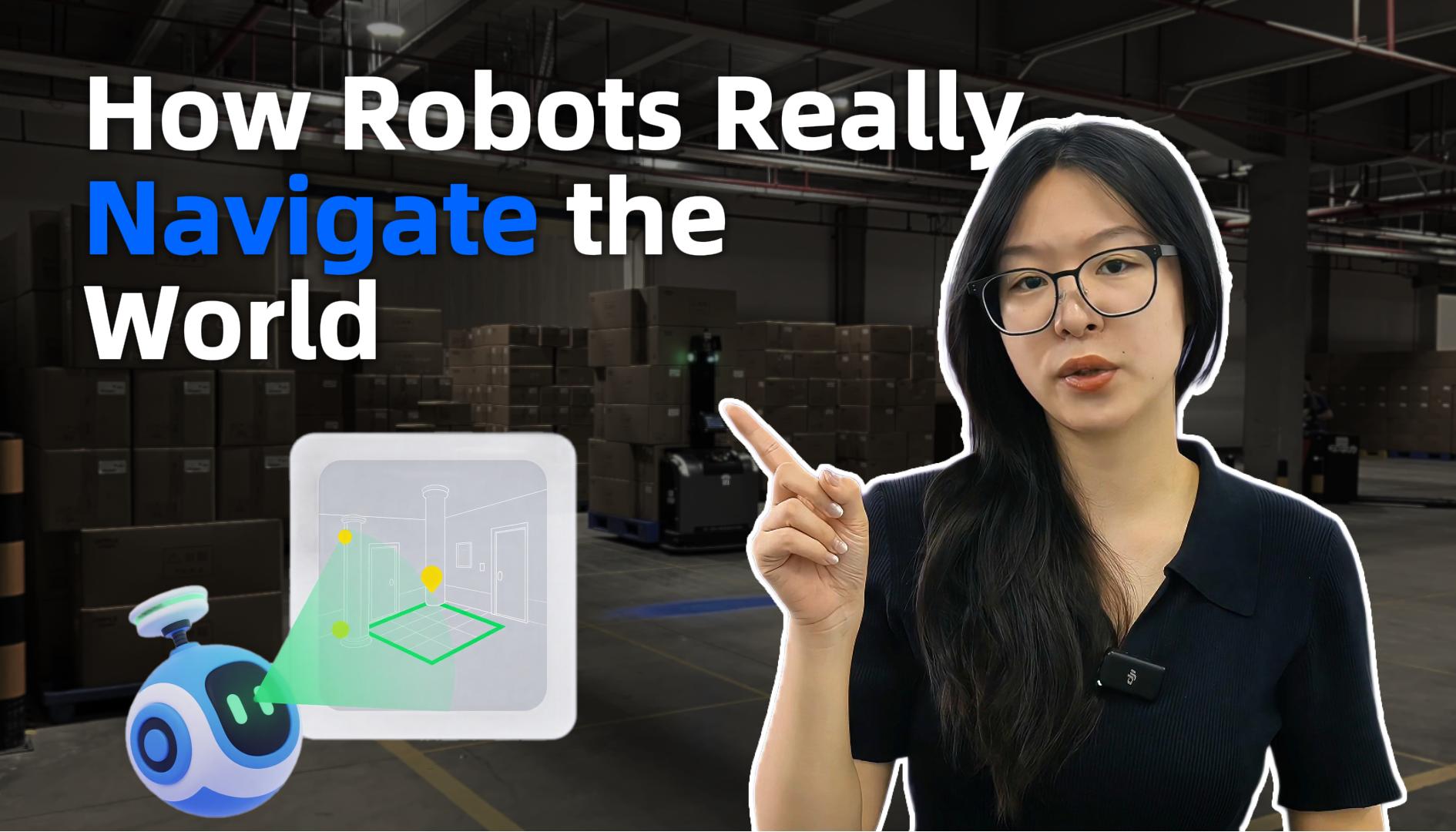Introduction: Where Flow Breaks, Value Leaks
Material flow is a control problem, not only a movement problem. An amr robot is a mobile edge device with sensors and a mission clock. With automated warehouse robots, a busy cross-dock can push 18% more picks per hour in peak windows. Yet queues still form at charge bays, and pallets idle near inbound. Why do numbers look better on dashboards while the line still slows—funny how that works, right? The gap often hides between navigation logic and real-time work release. So the core question stands: where does flow break when orders and paths collide?

Look, it’s simpler than you think. Traditional AGV patterns rely on fixed markers and static waypoints. They resist surprise. A sudden put-away task or a blocked aisle can ripple across the fleet because the route planner is rigid, or because the WMS handshake adds latency. LiDAR SLAM can map, but without good sensor fusion and edge computing nodes, the robot pauses, renegotiates, and waits. That wait becomes cost. Operators feel it as battery swaps at odd hours, or as tactical “babysitting.” Even the best power converters and battery management systems cannot hide systemic idling. These are not loud failures; they are quiet slips in cycle time—small, repeated, expensive. We now compare what changes when the stack moves forward and learns to adapt in place.
Principles That Shift the Baseline
What’s Next
When the fleet thinks together, the floor clears. New stacks put planning closer to motion. On-board compute handles local re-plans; the fleet manager supervises only the conflicts. Dynamic pathing uses semantic maps and traffic policies, not taped lines. In practice, automated warehouse robots can share intent over ROS 2 with tuned QoS, so reroutes are fast and safe. Sensor fusion blends LiDAR, IMU, and odometry to hold pose under dust and glare. A 5G private network can drop tail latency for fleet orchestration. And a digital twin tracks aisle density to space missions. The result is not magic; it is fewer stalls at corners, fewer deadlocks near docks, and steadier charge windows (and yes, it shows up on the floor).

What does this mean for your next buy? First, measure adaptive throughput: picks per robot per hour under disturbance, not just in a clean test. Second, check coordination efficiency: how often the fleet resolves conflicts without human touch, using policies in the fleet orchestration layer. Third, audit energy cadence: charge-queue time versus work time across a week, tied to the battery management profile. These three tell you if the promise is real, not staged. In short, we moved from rigid routes to responsive motion, from isolated units to a learning system. The comparative gain is stability at scale and fewer human patches. For deeper reference and solutions in this space, see SEER Robotics.